This exhibition highlights the specific African artifacts acquired by the New York avant-garde and its most influential patrons during the 1910s and 1920s. Reflecting on the dynamism of New York's art scene during the years that followed the 1913 Armory Show, the exhibition brings together African works from the collections of many key individuals of the period such as Alfred Stieglitz, Marius de Zayas, John Quinn, Louise and Walter Arensberg, Alain LeRoy Locke, and Eugene and Agnes Meyer.
Featuring the Metropolitan's own holdings as well as loans from public and private collections, the exhibition includes some forty wood sculptures from West and Central Africa presented alongside photographs, sculptures, and paintings by Alfred Stieglitz, Charles Sheeler, Pablo Picasso, Francis Picabia, Diego Rivera, and Constantin Brancusi. Together, these works of art from Africa and the Western avant-garde evoke the original context in which they were first experienced simultaneously almost a century ago.
"It is through great audacity in taste that we have come to consider these African idols as real works of art."
—Guillaume Apollinaire, in A propos de l'art des Noirs, 1917
Clara E. Sipprell (American, born Canada, 1885–1975). Portrait of Max Weber, ca. 1916. Gelatin silver print, in original exhibition mat. Museum of Fine Arts, Boston, Museum purchase with funds donated by Hope and Charles Hare and Kyle and Thomas Einhorn (2005.301)
At the start of the twentieth century, the appreciation of African artifacts in the West shifted dramatically: from colonial trophies and ethnographic specimens, they became modernist icons worthy of aesthetic contemplation. Well established is the role played in this transformation by modern European artists such as Pablo Picasso, André Derain, and Henri Matisse, who began collecting African art about 1905, finding in its bold shapes a source of inspiration. Lesser known, but no less constitutive to the recognition of African material culture as fine art, is the history of its reception in America over the subsequent two decades.
New York emerged as a new platform for modern art after the groundbreaking 1913 International Exhibition of Modern Art, better known as the Armory Show, which opened the door to dynamic transatlantic art commerce. This surge was bolstered in the summer of 1914 with the outbreak of World War I, which provoked the displacement of the art market's epicenter from Paris to New York. Numerous galleries opened in New York that year, and all sought to acquaint their audience with the newest European trends—including African art.
Consequently, while the European avant-garde was first exposed to African artifacts in ethnographic displays tied to colonialism, its counterpart in New York first saw such objects within contexts that underscored their association with abstract art. In New York more than anywhere else, juxtapositions of African art with works by Picasso, Constantin Brancusi, and Francis Picabia, in both galleries and private salons, were systematic, impacting until today the popular imagination to the point of obliterating its original context.
Unfolding both chronologically and thematically, this installation explores the multifaceted circumstances surrounding the reception of African art in conjunction with American modernism, from the initial 1914 exhibitions of African art in New York to the African American engagement inspired by Harlem Renaissance luminaries during the second half of the 1920s.
"[It is] possibly the most important show we have ever had."
—Letter from Alfred Stieglitz to Arthur Dove, November 5, 1914
The year 1914 was a turning point for African art in America. Having served as a catalyst for avant-garde creativity in the 1913 Armory Show, it was pushed to the forefront of the New York contemporary art scene. Thus in 1914 two art galleries began introducing African sculpture to viewers primed for aesthetic novelties, including it prominently in their displays: Robert J. Coady's newly opened Washington Square Gallery, and Stieglitz's well-established Little Galleries of the Photo-Secession, commonly known as 291.
However, with commercial routes circulating from Africa to Europe and from Europe to the United States, American sources for African art remained anchored in Europe. Such halted trajectories informed the genres of works available in New York and the progressive shift in their significance: in each new location, layers of information relating to the works' original context were lost and replaced by a new set of ideas projected by their changing owners. Both French and Belgian dealers acquired African works primarily through colonial channels, from either administrators or commercial ships traveling back and forth to the colonies. As is made evident in this section of the exhibition, this collecting framework explains the predominance in the United States of works from former French and Belgian colonies: French West Africa's coastal regions (present-day Côte d'Ivoire and Guinea), French Equatorial Africa (especially Gabon), and the Belgian Congo (now the Democratic Republic of the Congo).
"The Negro artist has been to us a revelator and an innovator. Negro sculpture has been the stepping stone for a fecund evolution in our art."
—Marius de Zayas, African Negro Wood Sculpture, 1918
New York City progressively positioned itself as a central marketplace for African art. The period between 1915 and 1919 corresponds to that of an "apprenticeship" for dealers and collectors alike. During those years, France was the exclusive source of African artifacts for the several American dealers who promoted it to a growing group of interested collectors. Chief among these "propagandists" was the Mexican artist and gallery owner Marius de Zayas.
Between 1915 and 1921, De Zayas positioned himself as the foremost harbinger of African art in New York, keeping a rotating stock of African sculptures on constant display in his galleries. An artist himself, he heralded what he saw as the transformative power of African art on contemporary creation, as expressed in his quote cited above. Unsurprisingly, the collections he helped build were those of the most adventurous modern-art collectors of the 1910s, among them the Americans Walter and Louise Arensberg, John Quinn, and Agnes and Eugene Meyer, whose holdings are presented in this section of the exhibition.
Influenced by years of working alongside Alfred Stieglitz, De Zayas made extensive use of photography to highlight the artistry in African artifacts. To do so, he relied on the sharp eye of American artist Charles Sheeler, whose photographs serve as rare records of the African works circulating in New York during that period, and of the manner in which they were exhibited.
"As always, museums lag behind contemporary tastes." So proclaimed the French poet and art critic Guillaume Apollinaire in 1909, pinpointing the gap that existed in Paris between displays of African artifacts in museums and those in artists' ateliers and galleries. While the more flexible nature of art galleries allowed for the promotion of novel ideas and talents, museums appeared as the outdated keepers of an academic approach to art and, with regard to ethnographic museums, as the public face of imperialism and nationalism.
By 1919, both in Europe and America, the status of African art had changed in a way that led the dealer Paul Guillaume to exclaim, "Negro art is fashionable!" This shift extended to institutions, which began to consider African artifacts for their aesthetic value. In the United States, the most visible manifestations of this changed approach were the opening in 1922 of the Barnes Foundation in Merion, Pennsylvania, where Dr. Albert Barnes exhibited his African holdings alongside his important collection of modern masters; and a seminal 1923 exhibition organized at the Brooklyn Museum by Stewart Culin. Both men had developed tight connections with Europe, acquiring works directly from there. By contrast, other institutional exhibitions and collections emerged from the burgeoning American marketplace. Most influential among these were exhibitions at the Whitney Studio—the forerunner to New York's Whitney Museum of American Art—and the University of Pennsylvania Museum in Philadelphia.
"Nothing is more galvanizing than the sense of a cultural past. This at least the intelligent presentation of African art will supply to us."
—Alain LeRoy Locke, "Note on African Art," 1924
During the 1920s, New York, Chicago, Philadelphia, Baltimore, and other northern cities witnessed a cultural revolution that found expression in theater, music, fine art, and literature, among other art forms. This surge of creative energy, commonly known as the Harlem Renaissance, was spurred in part by the massive migration of African Americans from the rural South to the industrial North; from a sense of enhanced pride following the involvement of black infantry battalions in World War I; and from increased access to education. Such heightened integration into American cultural life fostered pride in cultural identity while helping to unite communities.
Chief among the movement's intelligentsia was the philosopher Alain LeRoy Locke, the influential editor of the 1925 anthology The New Negro. Locke championed the merits of African sculpture and sought to stimulate African American artists' awareness of what he called "our ancestral arts." While studying in Europe during the 1910s, he had learned of African art's impact on modernism, leading him to believe that, by drawing from their heritage, African American artists could access a new world of artistic innovations. While Locke's perspective was later decried for its validation of the conviction that African art needed to be "discovered" by the West to exist, and that African American artists needed to follow the path opened by European modernists to create great art, it nonetheless powerfully impacted an entire generation.
To provide artists with study material, Locke, assisted by the magazine Theatre Arts Monthly, secured about one thousand African works from the collection of the Brussels-based amateur Raoul Blondiau. As Locke had hoped, his promotion of these works triggered responses from African American artists.
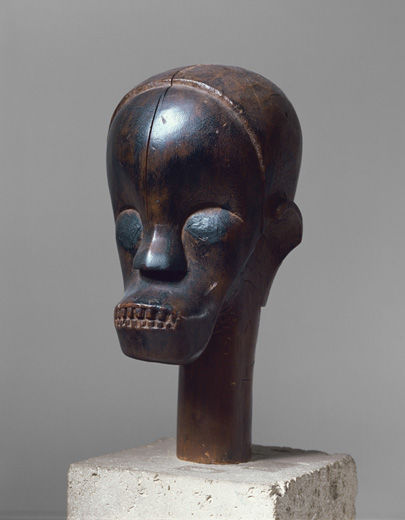 |
Joseph Brummer (1883–1947) abandoned his training as a sculptor to sell the African artifacts he found in secondhand shops and flea markets. What began as an informal trade with fellow artists became a career as one of the most influential art dealers active before World War II. Brummer sponsored the publication of the first text on African art, Negerplastik by Carl Einstein, and supplied many of its illustrations. As an antiquarian, Brummer also sourced medieval artifacts later acquired by institutions such as the Metropolitan Museum. |
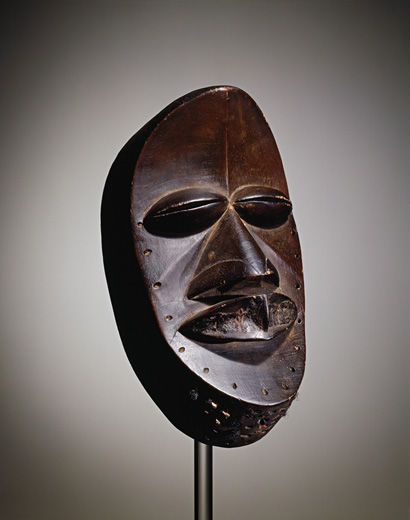 |
Paul Guillaume (1891–1934) was the source of most of the African works exhibited and sold in New York until the 1920s. He was the major lender to the pioneering 1914 exhibition presented at Alfred Stieglitz's gallery 291, as well as those organized at Marius de Zayas's Modern Gallery. From 1922 to 1926 he served as a collection advisor to Dr. Alfred Barnes in Merion, Pennsylvania. He played a central role in fostering new directions in art and developing the African-art canon. |
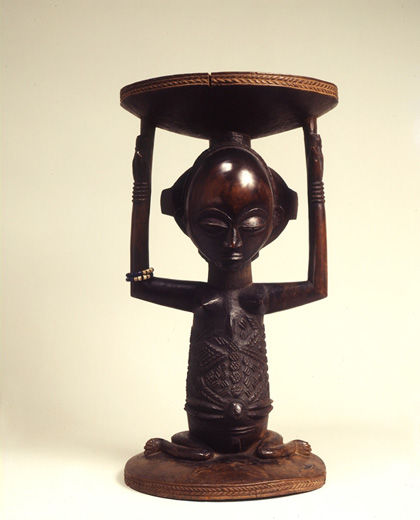 |
Charles Vignier (1863–1934), a Symbolist poet turned successful Asian-art dealer, opened his first gallery in Paris in 1904. In 1913, he included a group of African masks and sculptures in an important exhibition of his collection at the prestigious Galerie Levesque in Paris. This display is now recognized as the first exhibition in France to have included African objects as works of art. In 1919 and 1920, he forged a transatlantic collaboration with Marius de Zayas, supplying more than seventy works to New York's African-art market. |
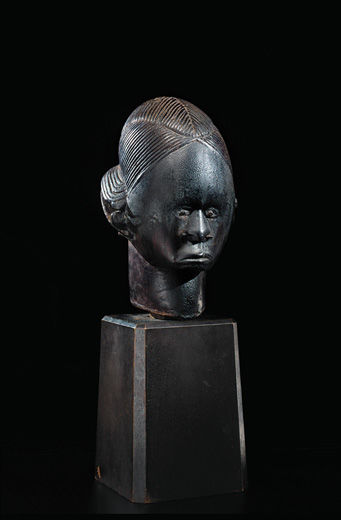 |
Robert J. Coady (1876–1921) trained in Europe as a painter before returning to New York and opening the Washington Square Gallery (1914–17) and the Coady Gallery (1917–19). Through the publication of the journal The Soil, he undertook to define the modern American cultural identity as distinct from what he regarded as the omnipresent European model. In 1914, he was the first to exhibit African art at his Washington Square Gallery, preceding by a few months Alfred Stieglitz's seminal exhibition at 291. Joseph Brummer sourced his African works. |
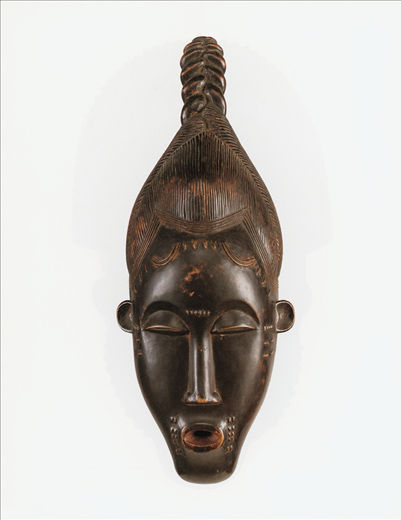 |
Alfred Stieglitz (1864–1946) promoted new forms of expression in the early twentieth century. His 291 gallery became a focal point for the New York avant-garde and a pioneering force in bringing European modern art to America. Stieglitz was introduced to African sculpture by the artist Max Weber in 1909 and, impressed by its spirituality and profound authenticity, planned to make it the focus of a revolutionary exhibition. Statuary in Wood by African Savages: The Root of Modern Art was the first exhibition in the United States dedicated entirely to African artifacts as fine art. |
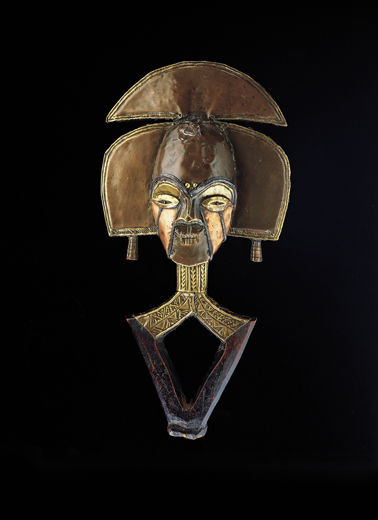 |
Marius de Zayas (1880–1961), a talented caricaturist, exhibited works at 291 before becoming one of the galleries collaborators. For several years, he acted as 291's "chief curator," traveling to Europe on Stieglitz's behalf and identifying art to bring to New York. From 1915, the opening date of his Modern Gallery, until the closing of his De Zayas Gallery in 1921, De Zayas was the primary promoter of African art in the United States, organizing many exhibitions that highlighted its influence on modern artists. Paul Guillaume and Charles Vignier in Paris were his purveyors of African art. |
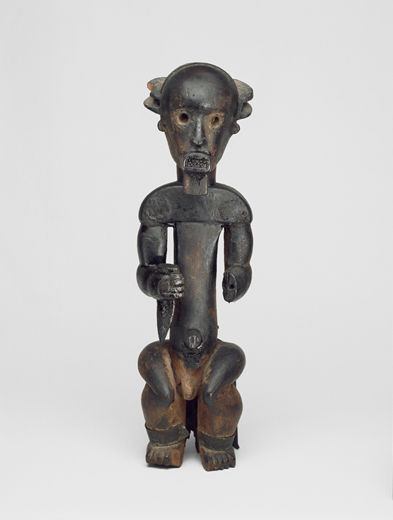 |
Walter and Louise Arensberg (1878–1954; 1879–1953) were influential patrons of avant-garde initiatives in New York. They hosted the unofficial Dada salon in their apartment, supported Marius de Zayas's second gallery venture, sponsored journals such as Others and The Blind Man, and collected works by emerging artists. Their non-Western collection first focused on African art and later featured South American and Native American artifacts. Among its highlights were two celebrated Fang reliquary sculptures (now in the Philadelphia Museum of Art), acquired from the De Zayas Gallery and photographed by Charles Sheeler in their salon. |
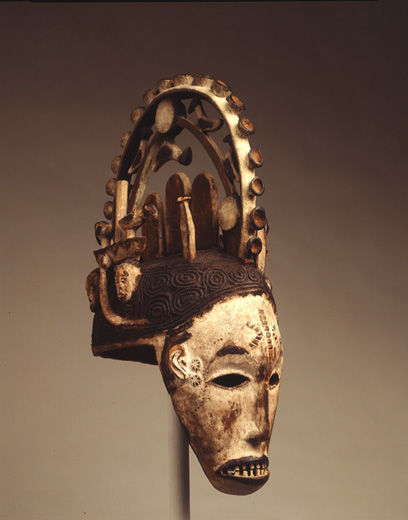 |
John Quinn (1870–1924), a New York lawyer and patron of the avant-garde, assembled the most important private American collection of African art before 1924. An active collector of European and American modern artists (at the time of his death, his holdings numbered more than two thousand works by the most adventurous modern masters), he turned to African art for what he saw as its role in influencing the course of recent art history. He acquired works from 291, the Modern Gallery, De Zayas Gallery, Washington Square Gallery, and the Brummer Gallery. |
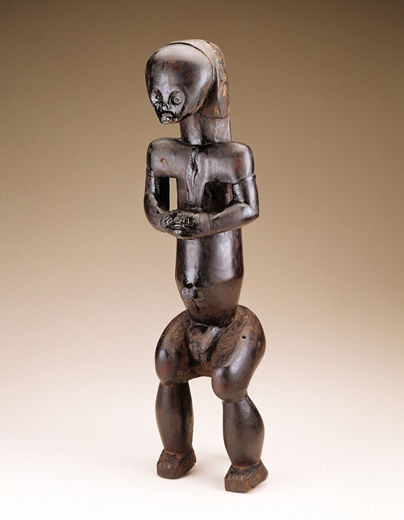 |
Eugene and Agnes Meyer (1875–1969; 1887–1970) were active supporters of avant-garde activities in New York during the 1910s. In 1915, they funded the opening of the Modern Gallery as the commercial branch of Stieglitz's 291, and later the journal of the same name. Mostly known for their modern and Asian holdings, they acquired several African artworks from De Zayas's galleries between 1916 and 1919. |
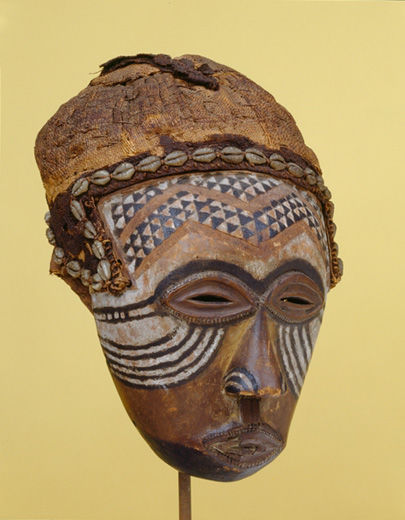 |
Alain L. Locke (1885–1954) was a leading African American cultural critic and advocate of racial studies, from the publication of his anthology The New Negro in 1925 until his death in 1954. The first African American Rhodes Scholar and a professor of philosophy at Howard University for forty years, Locke's interest in African history and art led him to emphasize the concept of "ancestral legacy." Through his championing of African sculpture, weaving, pottery, and design as great art, Locke had a tremendous impact on an entire generation of African American artists. |
This exhibition is made possible by the Friends of the Department of the Arts of Africa, Oceania, and the Americas.